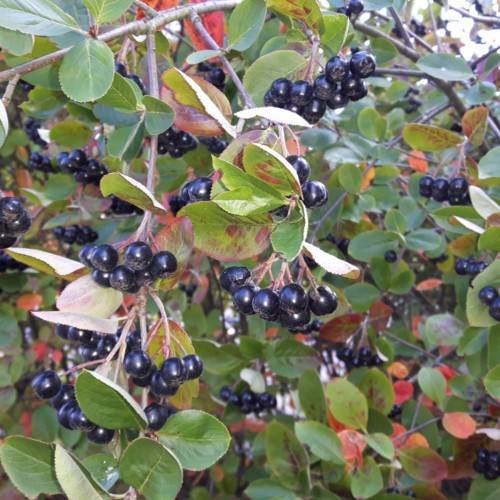
Purple Chokeberry
Aronia X Prunifolia
Watering:
Minimal
Hardiness Zone:
Sun:
full sun,part shade
Leaf:
Yes
Growth Rate:
Low
Drought Tolerant:
Yes
Salt Tolerant:
Yes
watering
Rydberg's Arnica (Arnica rydbergii) should be watered deeply and infrequently, providing the plant with 1 or 2 generous waterings per month during active periods of growth. Allow the top few inches of soil to dry out between waterings. During peak growing season, typically in the spring and summer, water the plant more frequently, as frequently as once a week in very hot weather. Reduce watering frequency in the fall and winter when the plant is dormant.
sunlight
Rydberg's Arnica (Arnica rydbergii) requires plenty of sunshine to thrive. It should be exposed to full sun for 6-8 hours a day in order to be healthy and flower. For optimal growth, this plant species should have access to direct sunlight with no shade during the midday hours, when the sun is at its strongest. During the summer months, a slight break from the sun in the early afternoon can be beneficial. In the winter, Rydberg's Arnica can handle a slightly shorter duration of direct sunlight, down to 4 hours a day.
pruning
Rydberg's Arnica (Arnica rydbergii) should be pruned annually in late winter or early spring before new growth begins. Pruning should involve light trimming of the plant to shape the overall size and form. Pruning also controls the size and encourages more blooms. Dead or diseased stems should be removed, while non-flowering stems should be cut down to the ground. Pruning should not be overly aggressive and should not remove more than 1-third to 1-fourth of the total growth in any given year.
